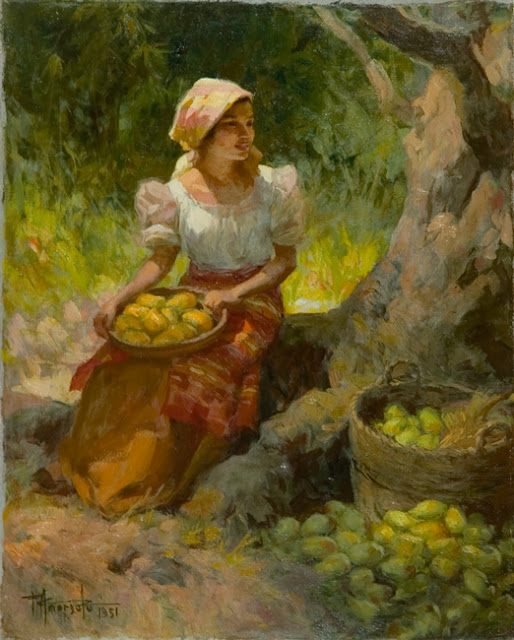The condor wheels…
The
condor wheels,
Currents,
warm, rise,
Noon
pulsates,
Shadows
entice,
Stillness,
a wing,
Silence
beats the air,
Dusk
is solace,
Dawn,
fair,
Day
transforms,
The
moon allures,
Clocks
chime—brightly!
—love
endures,
Time,
a dragonfly,
Solitude,
a dove,
I
am solitude,
You
are love.
Your love is a meal we share…
Your
love is a meal we share, stopping as events blink by.
We
are waiting trains, rushing travelers hop in and out.
Time
slows, a luminous animal patrolling the depths.
We
visit the bubble of an artisan polishing a vase.
Sitting
down, transfixed by a moment of white jade,
We
recall lolling on the sand as the outstretched arm
Of
a comet flashed our future across a sable sky.
You
sip my glass of wine, swirling it toward your lips.
I
scoop toward you heaps of fresh rice steaming fragrant clouds.
We
gaze at many dishes, teeming fields quilting a fertile valley.
Reflecting on your quiet life…
Reflecting
on your quiet life, I gaze at you in repose, your eyes pearls shaken loose from
treetops, silvered.
Rain
pelts our roof with pebbles as you drift into sleep, river brushwood rubbing
shoulders with land.
Rising
and falling, a cloud bumping over a mountain, your white arms. Turning, you
exhale deeply. Mist gently pushes back your hair.
Wild
brushstrokes of pillows and linens tumble as children, their laughter, bolts of
silk, shimmying.
Gazebo
freshly planted, you wind your legs and arms about a trellis.
Let
us be orchids who widen our filigreed faces, leaves tapering to wax points
proffering greetings.
Nodding
plants in a circle, we will dine with April as our guest, grasping his warm
hands from the vows of dawn until the crown of dusk.
Our lives together...
Our
lives together are braided vines.
We
scale a wall watered by the sun,
Our
roots meet in soil fed by rain.
Your
arms in sinuous embrace
Lift
us to climb ever higher.
Your
eyes are nodding leaves,
Good
fortune is the breeze.
Budding
forth, your kindnesses
Blossom,
imperishable.
Let
us bask in the day entering
As
liminal shadows open shutters.
When
the gardener comes by,
I
will ask him to trim our love
So
that it intertwines forever.
 |
| Mango Vendor (1951) by Fernando Amorsolo |








